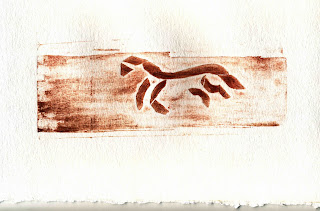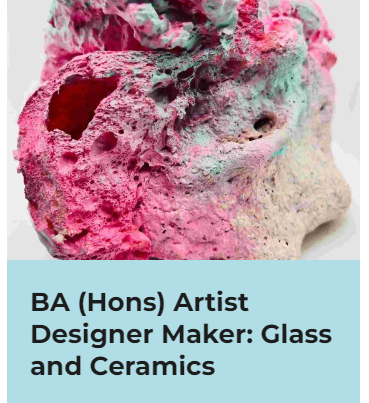
Spent a day with my friend Sue trying out the printmaking facilities at the local arts centre. The press, a beautiful antique traditional press, was unlike any I’ve used before. This one works on a principle of applying pressure from above, rather than applying pressure by pushing the plates on a bed against a roller. I liked the easy workings of the traditional press (simply pull a lever and it’s done) but was hampered a little by getting the pressure right since it was set up to the specifications of the printmaker-in-residence. I was reluctant to adjust it too much. After much trial-and-error — adding blankets and extra layers of newsprint — I eventually pulled some good prints. It would be a delight to have one of these at home.
Strictly speaking, given these collagraphs work as relief plates there isn’t really a need for a press, but I love the tactile nature of the impression when paper is put through a press. Somehow a flat print just isn’t the same.
I’m working on a series based on British chalk/hill figures. I used some thin recovered wood to make the collagraph plates. It was harder to carve than expected, so my graceful horse drawing turned out a little more boxy than I would have liked. It only vaguely resembles the White Horse of Uffington but I’m not displeased with the results. The woodgrain comes through strongly.
 The next one was a bit more successful, although I have been asked why he’s only got one foot. That’s called “foreshortening”, dear.
The next one was a bit more successful, although I have been asked why he’s only got one foot. That’s called “foreshortening”, dear.
It bears a better resemblance to the Long Man near Alfriston (not exactly there but nearby) in East Sussex than the White Horse does.
The last one isn’t part of the series, but is also a wood print collagraph. I included some crochet on this and I really like the misty effect. These were all done on aquarelle watercolour paper using water-based oil paints. The paper on the crochet one was very damp and the ink spread nicely.



